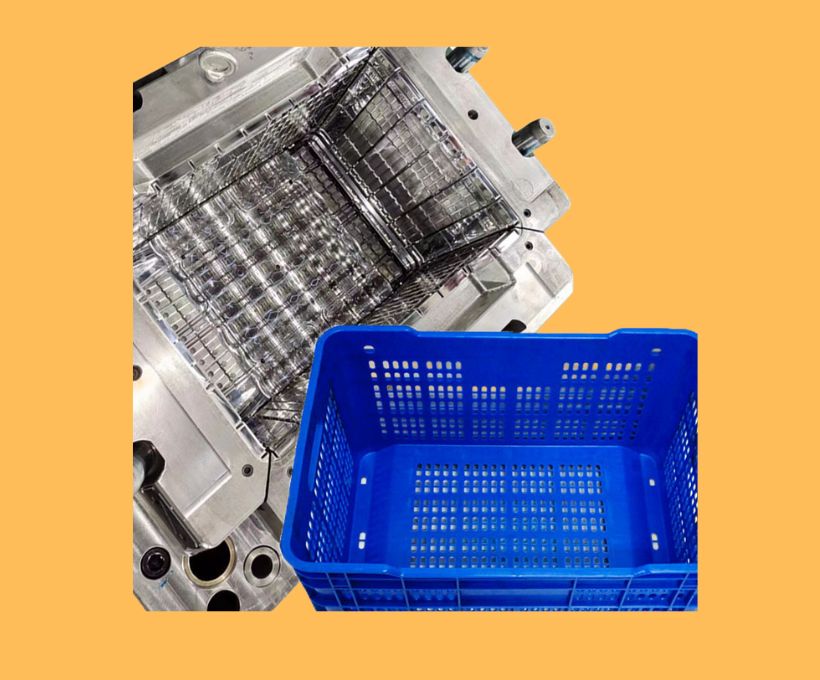Address
304 North Cardinal
St. Dorchester Center, MA 02124
Work Hours
Monday to Friday: 7AM - 7PM
Weekend: 10AM - 5PM
Address
304 North Cardinal
St. Dorchester Center, MA 02124
Work Hours
Monday to Friday: 7AM - 7PM
Weekend: 10AM - 5PM

plastic injection moulding
Outline:
I. Introduction
A. Definition of Plastic Injection Moulding
B. Overview of the Process
II. Steps of the Process
A. Designing the Mould
B. Heating and Injecting the Plastic
C. Cooling and Releasing the Part
III. Advantages and Disadvantages of Plastic Injection Moulding
IV. Conclusion
Details:
I. Introduction
A. Definition of Plastic Injection Moulding: Plastic injection moulding is a manufacturing process in which a heated plastic material is injected into a mould to create a desired shape. It is used to produce a wide range of parts and products with varying complexity.
B. Overview of the Process: The plastic injection moulding process involves several steps, including designing the mould, heating and injecting the plastic, cooling and releasing the part, and post-processing. The mould is designed to create the shape of the part or product, and the heated plastic is injected into the mould with a hydraulic or electric press. Once the plastic has cooled and hardened, the part is released from the mould.
II. Steps of the Process
A. Designing the Mould: The first step in the plastic injection moulding process is to design the mould. The mould is designed to create the shape of the part or product being made. The mould is typically made of steel or aluminium and is machined to the desired shape.
B. Heating and Injecting the Plastic: Once the mould is designed, the plastic material is heated to a molten state and injected into the mould with a hydraulic or electric press. The plastic is forced into the mould, where it cools and hardens to the shape of the mould.
C. Cooling and Releasing the Part: After the plastic has cooled and hardened, the part is released from the mould. The part is then removed from the mould, inspected, and post-processed as necessary.
III. Advantages and Disadvantages of Plastic Injection Moulding: Plastic injection moulding has several advantages, including low cost, high accuracy, and repeatability. The process also has some disadvantages, such as the need for a high initial investment and long lead times.
IV. Conclusion: Plastic injection moulding is a versatile and cost-effective manufacturing process used to create a wide range of parts and products. The process involves several steps, including designing the mould, heating and injecting the plastic, cooling and releasing the part, and post-processing. Despite some disadvantages, plastic injection moulding has many advantages, including low cost, high accuracy, and repeatability.